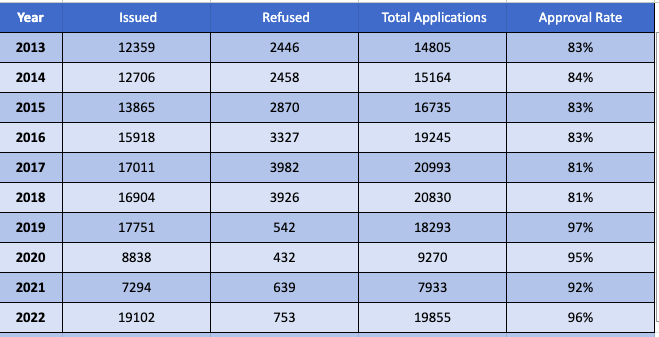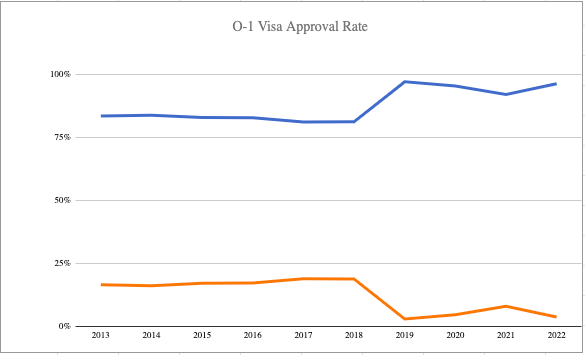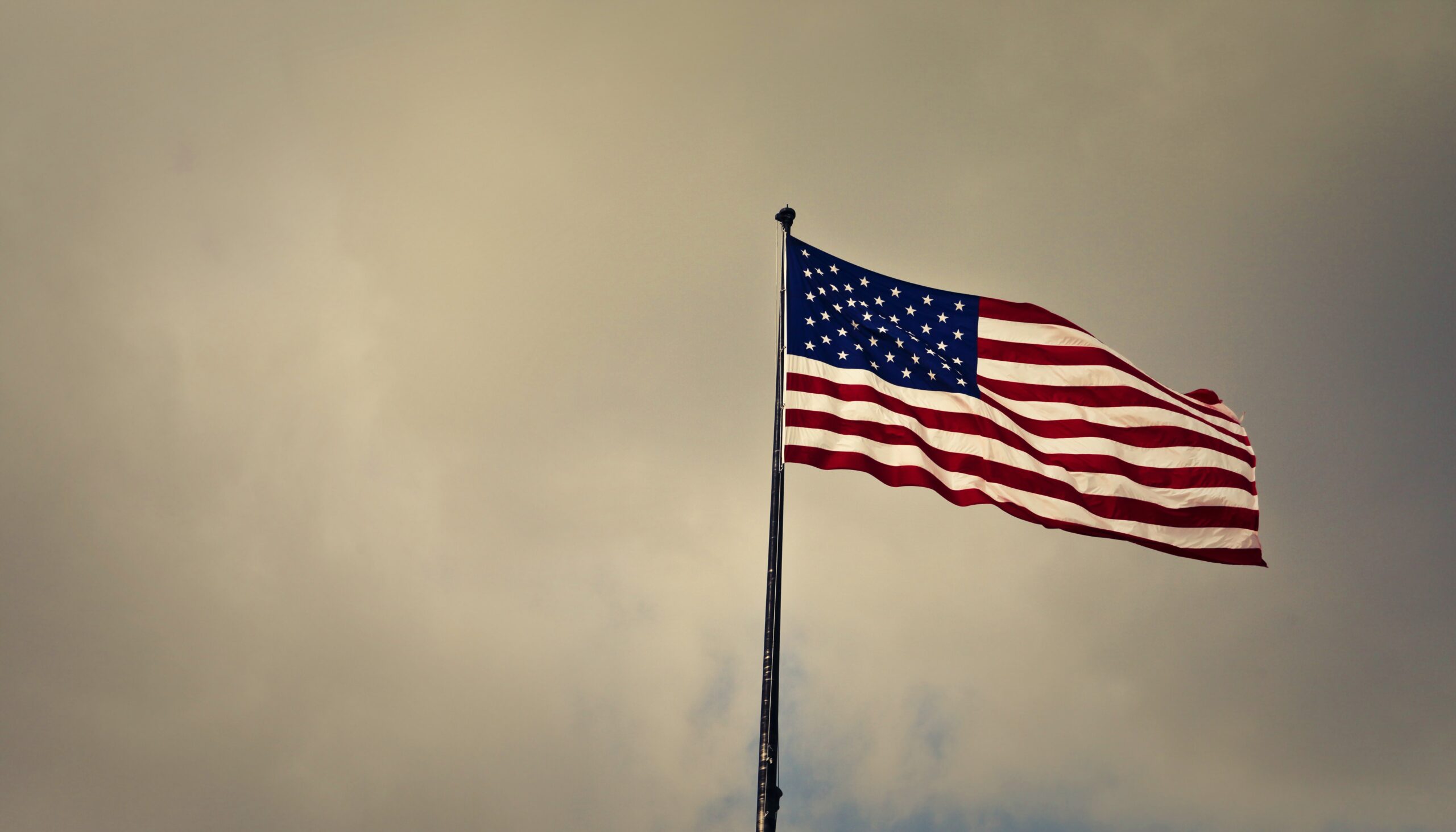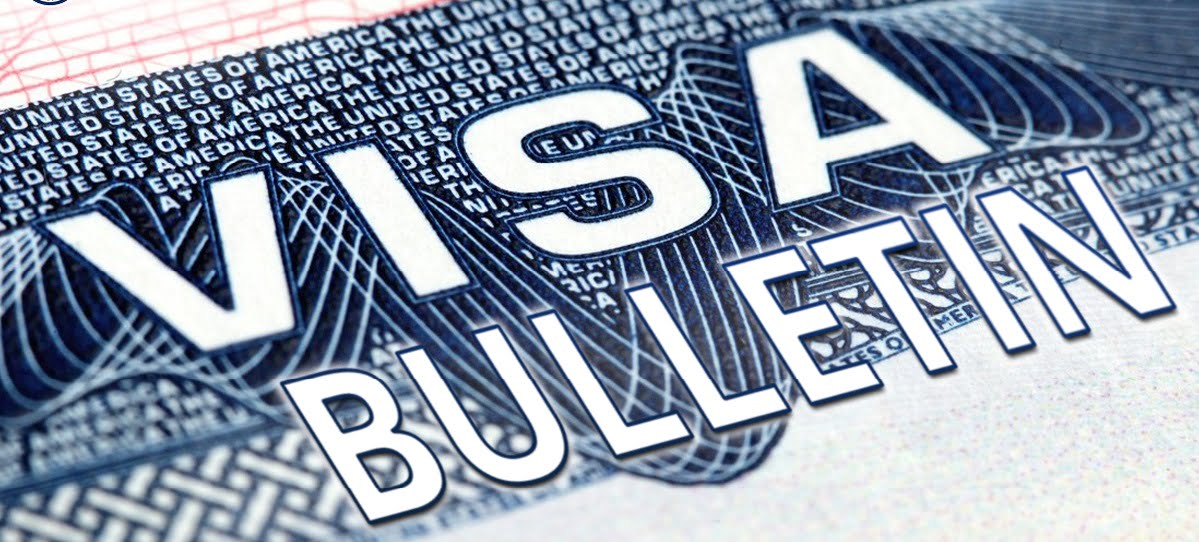The O-1 Visa is a non-immigrant work visa specifically designed for individuals who are considered the top of their field. These individuals must possess extraordinary abilities in fields such as science, arts, education, business, athletics, as well as the TV or film industry.
It provides temporary authorization for these exceptional individuals to work in the United States. In order to apply for an O-1 Visa, the applicant must have a job offer from a U.S. employer who will act as their sponsor.
The O-1 Visa has different categories based on the applicant’s field of expertise. To initiate the application process, the employer must submit Form I-129.
The processing time for an O-1 visa application is typically around 2 months, although expedited processing is available through a Premium Processing Service. The Premium Processing Service is available at a cost of $2,500 US Dollars, ensuring expedited processing within a timeframe of 15 calendar days. This allows for a faster review and decision on the application.
It’s important to note that the approval rate for O-1 Visa applications is generally high, indicating a favorable likelihood of getting the visa.
Once granted, the O-1 visa provides temporary work authorization for 3 years. However, extensions can be requested to continue working in the U.S. under the O-1 visa category. It’s worth noting that the O-1 Visa differs from the EB-1 Green Card, which grants permanent residency in the United States.
Converting from an O-1 Visa to an EB-1 Green Card requires filing additional forms and meeting more stringent criteria.
The O-1 Visa offers an excellent opportunity for individuals with extraordinary abilities to work in the United States temporarily. The application process involves securing a job offer, completing the necessary forms, providing supporting documentation, and attending an interview (if applying from outside).
With a high Approval Rate, the O-1 Visa serves as a stepping stone for individuals to showcase their exceptional talents and potentially pursue permanent residency through avenues like the EB-1 Green Card.
In this article, we will delve into the details of the O-1 Visa and provide an analysis of the approval rates and chances of obtaining an O-1 Visa. So stay with us!
Various Types of O-1 Visas
The O-1 Visa has 2 different categories that cater to specific activities or roles individuals will fulfill in the United States. Here is a concise summary of the various types:
O-1A Visa
The O-1A category is intended for individuals who possess extraordinary abilities in the sciences, education, business, or athletics.
O-1B Visa
The O-1B category is designed for individuals who exhibit extraordinary abilities in the arts or have exceptional achievements in the motion picture or television industry.
If you require someone to accompany you to the United States who plays an “integral part” in the activity you will be undertaking or whose assistance is vital for the successful completion of your production, such individuals can apply for an O-2 Visa.
O-3 Visa
The O-3 Visa is specifically created for the spouse or children of an O-1 Visa holder. It allows the O-1 Visa holder’s family members to accompany them to the United States under the O-3 Visa category. However, individuals on an O-3 Visa are prohibited from accepting employment in the United States.
Benefits of the O-1 Visa
The O-1 Visa offers several advantages to individuals with extraordinary abilities who wish to work in the United States. Here are the key benefits:
- Extendable Three-Year Validity: The O-1 Visa initially grants individuals a maximum stay of three years in the U.S. However, this period can be extended indefinitely in one-year increments, depending on the specific circumstances and needs of the visa holder. You can read more about The O-1 Visa Extension in our article.
- Flexible Relationship with the Green Card: O-1 Visa holders have the opportunity to apply for permanent residence, commonly known as a Green Card, in the United States. Unlike some other visa categories, the O-1 Visa does not require applicants to demonstrate a stable residence or ties to their home country, which can make the transition to permanent residency smoother for O-1 Visa holders.
- Privilege to Bring Family and Support Staff: Recognizing the need for support in their professional endeavors, O-1 Visa holders are allowed to bring individuals who play a crucial role in their work-related activities and events in the U.S.(O-2 Vvisas) and family members under the O-3 Visa category.
- Relatively Faster Application Process: Compared to many other visa categories, the application process for the O-1 Visa is generally faster. While processing times can vary, it typically takes around two months. In contrast, certain visa categories may take up to a year to process.
- Smaller Volume of Annual Applications: The number of O-1 Visa applications received each year is lower compared to many other visa categories. As a result, there is no set annual limit on the number of O-1 Visas issued by the USCIS. However, it’s important to note that the volume of O-1 Visa applications has been increasing over time, reflecting the growing interest in this visa category.
- High Approval Rate: The USCIS approves a significant percentage of O-1 Visa applicants annually, ranging from 80 to 97 percent. However, approval rates may vary depending on the specific USCIS service center responsible for processing the application. To ensure a smooth application process, individuals concerned about their application can seek guidance from an experienced immigration attorney.
- No Education Credentials Required: This means that individuals with extraordinary abilities in fields such as science, arts, education, business, athletics, or the TV and film industry can pursue the O-1 Visa regardless of their formal education qualifications. The focus is solely on their exceptional talent and achievements.
What are the Approval Statistics of O-1 Visa?
It is critical to have an in-depth understanding of the global visa approval and refusal for the O-1 Visa, since this information can serve as a vital reference during the application process.
Investigating the international acceptance and rejection statistics for O-1 Visas provides you with a thorough picture of what to expect, allowing you to approach the procedure with educated expectations.
The following table presents data on the number of O-1 Visas issued, and refused, and the total number of applications received each year from 2013 to 2022. Additionally, it includes the approval rate of O-1 Visas for each respective year. This analysis aims to provide insights into the trends and patterns observed in O-1 Visa approvals and refusals over this ten-year period.
Overall Approval Rate: The overall approval rate for O-1 Visas varied between 81% and 97% from 2013 to 2022. This demonstrates a relatively high success rate for applicants during this time span.

You can also see the Approval Rate and refusal rate of the O-1 Visa from 2013 to 2022 in the following chart:

Source: Table and graph done on the base on information from following page: https://travel.state.gov/content/travel/en/legal/visa-law0/visa-statistics/nonimmigrant-visa-statistics.html
The analysis of O-1 Visa trends from 2013 to 2022 reveals several key insights.
- The overall approval rate for O-1 Visas remained relatively high, ranging from 81% to 97%.
- The number of applications generally increased over the years, with some fluctuations. Notably, 2019 witnessed a remarkable increase in the approval rate, while 2020 and 2021 experienced lower application numbers and approval rates.
- However, 2022 demonstrated a substantial increase in applications, along with a high Approval Rate. These findings provide a valuable overview for individuals interested in understanding the trends and outcomes associated with O-1 Visa applications over the past decade.
An RFE and Common Reasons to Receive One
USCIS officers may issue a Request for Evidence (RFE) for various reasons, categorized into two types:
- Non-criteria related RFE: This type of RFE often pertains to language errors or translation issues in the documentation submitted with the petition. Specific language rules related to immigration matters must be followed to ensure accuracy.
- Criteria-related RFE: This RFE is linked to the specific criteria used to evaluate the applicant’s extraordinary ability. If the submitted petition lacks sufficient documentation or fails to make a compelling argument, USCIS officers may request additional evidence or conclude that the applicant is successful but not extraordinary.
To gain a deeper understanding of the most common reasons for receiving an RFE for an O-1 Visa, we invite you to explore our informative article titled Most Common Reasons for RFE for an O-1 Visa.
Conclusion
While we await official data for the fiscal year 2023, an examination of O-1 Visa trends over the last decade shows a bright future for those with exceptional ability. The constant pattern of success for candidates in this category is shown by the high approval rates reported throughout the years. The O-1 Visa category continues to give possibilities for exceptional individuals to contribute their talents and experience to many industries inside the country as the United States remains a sought-after destination for talent.
* This article is for informational purposes only and does not provide direct legal advice.
Do you have questions or need to learn more about your immigration options? Don’t hesitate to contact us.
FAQ about O-1 Visa
What are the different types of O-1 Visas?
The O-1 Visa has two different categories: O-1A Visa: for individuals with extraordinary abilities in sciences, education, business, or athletics. O-1B Visa: for individuals with extraordinary abilities in the arts, motion picture, or television industry.What is the Approval Rate for O-1 Visas?
The approval rate for O-1 Visas generally ranges from 80% to 97%. It’s important to note that Approval Rates may vary depending on the USCIS service center responsible for processing the application.









